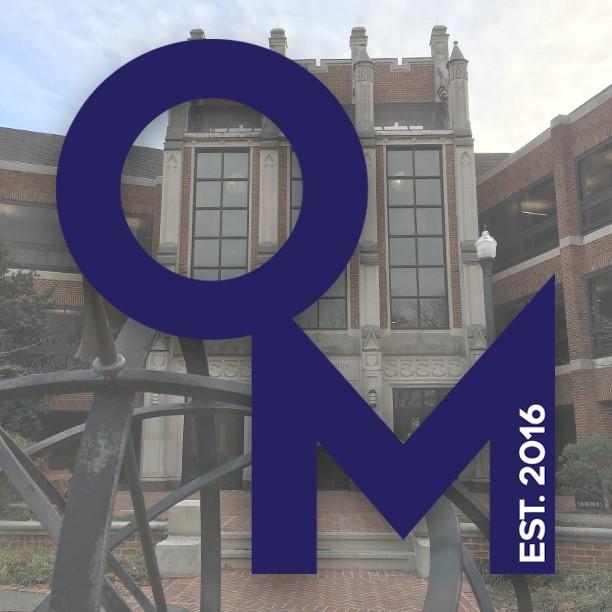
4 minute read
Ryan Cvelbar
0
It is no secret that modern medicine has improved people’s lives in virtually every are of healthcare. What is also not a secret is how expensive it is. . Not only does the average American spend roughly $5000 on healthcare, they also spend roughly $1200 on pharmaceuticals. The candidates gunning for the U.S. presidency often bring up the topic of rising pharmaceuticals and what they would do to change it. Medical services and products as a whole are of concern for virtually all Americans, and many of them are considered overpriced. The development of these products isn’t cheap, and it needs funding. On the other hand, citizens would rather spend that $1200 on other commodities. Looking at the path of funding for pharmaceuticals and biomedical research as a whole can help people understand why.
Let’s take a quick look at biomedical research as a whole. Though biomedical research in the United States is funded through multiple channels, the largest funder of federal research is the National Institutes of Health (NIH). Comprising of 27 institutes and centers in the U.S., it pours over $40 billion into research, mainly in the form of grants. These grants are awarded to research institutions, mainly universities and medical schools, where some of the science is done, and about 10% of funding goes to in-house NIH research. NIH -funded projects cover a wide range of research areas. Some of their biggest in-house projects include cancer research; the National Cancer Institutes budget was $5.098 billion. What’s interesting, however, is that this number (just over $40 billion) has remained relatively stagnant over the past two decades and has failed to keep up with inflation. As a result, less and less projects are being funded - approximately one in five and less research is able to be done.
Pharmaceutical research, on the other hand, is often done by private firms. These firms both raise money and perform the resulting research. For example, The Pharmaceutical Research and Manufacturers of America (PhRMA) report that $97 billion was spent in 2017 by biopharmaceutical companies on research and development (R&D). This industry alone, then, spends more than double the NIH’s research funding on their projects.
These two areas of healthcare are different in several ways, mainly that pharmaceuticals offer one product - drugs - while biomedical firms and institutes offer a variety of services. However, there is another key distinction:government institutes like the NIH are, well, publically funded, while private institutes like Novartis and Pfizer are for-profit. As much as these firms claim they are trying to save lives, at the end of the day they are also trying to maximize their profits and will sell their products at the price the market can bear. Unlike the NIH, private firms gather their research funds from their profits, meaning they can only produce beneficial drugs as long as they are making a profit. When that stops happening, they either raise prices or look for another way to make money.
The path for funding for biomedical research and pharmaceutical development is a complicated one. It has clear advantages: institutions across the country are diligently working to produce innovations, improvements, and efficiencies in the world of medicine. Funding a large number of research programs also results in a large number of different and varying ideas. The path isn’t perfect, though. A shrinking NIH budget and increasing pharmaceutical company profits paired with increasing pharmaceutical drug costs are concerning many Americans who struggle to pay for healthcare.
References
By Garrett Lang
https://www.singlecare.com/blog/prescription-drugs-in-america/ https://www.endocrine.org/advocacy/position-statements/biomedical-research-funding Genetic Engineering & Biotechnology News. 39 (9). p. 16. Retrieved September 14, 2019. https://www.hhs.gov/about/budget/budget-in-brief/nih/index.html https://www.endocrine.org/advocacy/position-statements/biomedical-research-funding Page Design: Anthony Isenhour 18
We will miss our wonderful graduates!
Nathan Dinh
Major: Biochemistry and Molecular Biology Minor: Integrated Science and Law & the Liberal Arts Next Year: Searching for a job in Science Policy Favorite Part about Osmosis: Being able to do research on topics outside of the classroom
Cassidy Hilton
Major: Chemistry Next Year: Pathologists’ Assistant Program at EVMS Favorite Part about Osmosis: Getting great leadership experience and learning new things about interesting and abstract topics in healthcare
Anthony Isenhour
Major: Biology and English Minor: Integrated Science and WGSS Next Year: Molecular, Cell, Genetics, and Development PhD Track at Yale University Favorite Part about Osmosis: Being able to work with these passionate people
Joseph McEachon
Major: Chemistry Next Year: Master’s in Biomedical Science at VCOM Favorite Part about Osmosis: Writing articles that may have an effect on future pre-medical students
Dana Morcillo
Major: Biology Next Year: Working as a medical scribe to prepare for medical school Favorite Part about Osmosis: Getting to learn and share about new and interesting health issues with the UR campus
George Qiao
Major: Biology Minor: Healthcare Studies Next Year: Working as a medical scribe and applying to medical school Favorite Part about Osmosis: Writing about topics that aren’t discussed often


